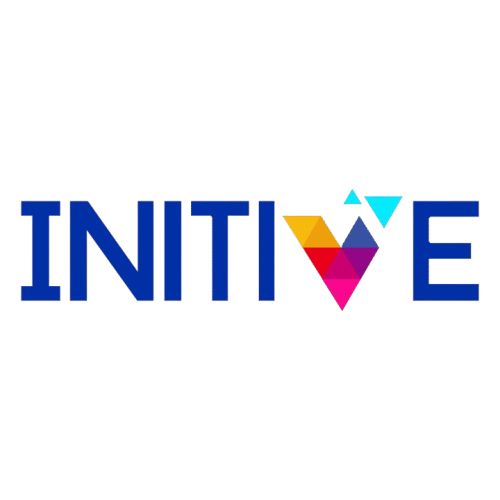
Future-proofing your Startup: Complete guide of AI strategies for growth
Designed for SMBs that want clear direction, not complexity
AI can’t help if you’re not ready to use it
Every leadership meeting these days seems to have that moment. Someone leans in and says, “Should we be doing more with AI?” Heads nod. A few tools are mentioned. Maybe a Slack bot gets installed.
And then… nothing.
This isn’t hesitation. It’s not even resistance. It’s a quiet truth: most companies are looking at AI with interest but moving with uncertainty. Not because they lack will, but because they lack a map.
That’s what this piece is about. Not the future of AI, but the shape of what’s practical today, for teams that care about how they work, not just what they use.
Step one: Infrastructure isn’t just its problem
Too often, AI gets pushed into the “tech thing” corner. But your ability to apply it meaningfully depends on cross-functional readiness:
- Can your data be pulled, structured, and used without weeks of prep?
- Are workflows repeatable and documented?
- Do people trust the tools they’re already using?
Companies like Rossum are helping teams untangle legacy document pipelines, transforming slow, manual data entry into seamless flows that feed directly into CRMs and ERPs. This isn’t shiny, it’s foundational.
Step two: Solve for real tension, not for the applause
AI works best where the cracks are already showing. Take TrustYou, for example. In hospitality, scattered guest feedback often goes unread or unused. But their AI layer centralizes insights so guest experience teams don’t miss signals hidden in reviews. Less noise, more action.
Or look at Viqal, built to support voice-powered interactions in service industries. Their approach isn’t about novelty. It’s about meeting customers where they already are, in real conversations.
Step three: Define clear ownership
AI doesn’t fail because the tech is bad. It fails when no one owns it.
Great teams assign implementation not just to one champion, but with a triangle: someone from product, someone from ops, someone from leadership. Clear roles. Real accountability.
It’s how companies like Conode AI get adoption right. They embed change within real teams instead of throwing it over the fence to “innovation.”
Step four: Go narrow before wide
Start with something real. Something like:
- Sorting inbound support tickets with Chatlyn
- Managing contract workflows via ContractPodAi
These aren’t moonshots and they teach teams how to trust the process.
Step five: Share early wins, honestly
The best thing about small AI wins? They’re contagious.
Tools like Formulabot or SurferSEO aren’t trying to change the company. They’re giving content or comms teams more time back, and that’s the kind of metric that sticks.
The worst way to introduce AI is in a 60-slide deck. The best is in a casual comment: “Hey, that tool we tried last sprint? It actually worked.”
Not a roadmap, yes a rhythm.
There’s no one playbook. But there is a rhythm. Listen to your teams. Pick one tension point. Test one tool. Share one learning. Repeat.
That’s how organizations like Briink, Beamery, and Revenue AI are making actual progress. Not by chasing everything, but by doing a few things exceptionally well.
Check in this other article how seeing delivery Risks before they hit
If you’re done wading through AI fluff and want real clarity, Initive.ai curates real AI providers, reviewed for business value. Not by category, but by how they actually fit the way companies run
.

Comments